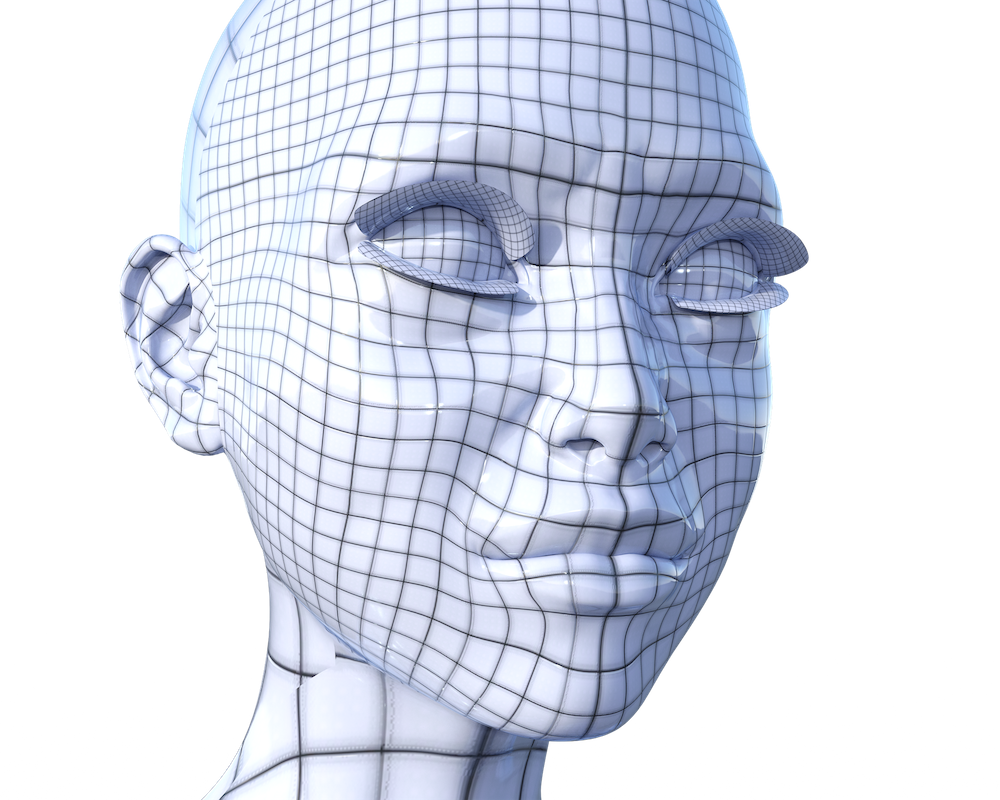A rundown of the technology which may transform your marketing procedures in commercial real estate in Melbourne, and real estate in general, is discussed below. New tools and technology are allowing companies to efficiently track ROI on advertising campaign spend and enhance back-office advertising and marketing procedures.
Until recent decades, many home agencies have lacked the capability to properly track their property advertising campaign returns or enhance marketing procedures. Consequently, unauthorised advertising and marketing transactions might have taken place, and bureaus might have neglected to regain vendor-paid marketing gifts. These inefficiencies can harm performance and endurance and ultimately undermine a company’s reputation, both in the area and using its peers.
It is time for agencies to steer from antiquated or paper-based methods to monitor property advertising effort return on investment and enhance the efficacy of backend procedures.
Insights and analytics applications
Online analytics tools may be utilized to turn information regarding the men and women who see a property site into competitive intelligence which may be used to target advertising spending more efficiently.
Document sharing
Document-sharing tools can remove hours in the time necessary to provide contracts and other time-sensitive data to sellers and buyers, and get signed copies. They are based off It cloud computing methods and an online interactive system, making sure everyone is seeing up-to-date information.
Campaign tracking
Campaign tracking tools may allow a property company to find out whether e-mail campaigns are resonating with a target market, and make adjustments as needed.
Marketing automation
In the end, automation tools may be employed to streamline back office procedures like property entries and security development, and share pertinent data with client relationship management and bookkeeping systems.
A variety of technologies and tools are available to assist property advertising teams in achieing such advantages.
Picking out the Ideal technology for property advertising
To monitor return on invest in electronic advertising, agencies can monitor customer action using Google Analytics, iTunes Link (cellular), Google Play, Tweetdeck and bit.ly. If you are struggling on using these you can always access business computer support that will help you in tis process. They may utilize DropBox or even Google Docs to scan contracts and discuss them with sellers and buyers. Additionally, they could use tools such as Campaign Monitor or even SurveyMonkey to monitor the performance of email campaigns. Then there is the split between vendor and agency paid invest, which is handled by real estate certain technology like Campaigntrack.
However, with any technology installation, a property company should choose the instruments that best fulfill its business and technical requirements, and involve customers early in the choice and execution process to minimise resistance.
In a climate in which advertising dollars are at a premium and companies can change to different services with comparative ease, the yield on investment for every tool deployed should be quantified and tracked on a regular basis.
These tools must help the teams get more awareness of sellers and buyers, provide more efficient customer support and operate better. Within an environment where property companies must direct advertising budgets across a variety of stations – and socialize with customers and prospects anytime in any place – exploiting the efficiencies of technology is critically important.
Agencies who fail to grab the chance to transform their property promoting risk getting obsolete and losing customers to competitors that do. More than ever, companies will need to socialize with their customers in times and ways of the customer’s decision and nowhere is that thing more widespread than in the actual estate market.

While hunting for a house, customers rank photographs and virtual tours as the most precious assets on a web site. Why? Since they’re the very best tools available to aid buyers to envision what it’d be like to reside in a house.
Floor plans are invaluable, but not all of listing commercial agents cover for them. By way of example, they are common in New York and Britain, but nearly non-existent in the San Francisco Bay Region. The justification is bothersome for buyers but frequent sense for brokers: Photographs are the most appealing and cost-efficient approach to draw a possible buyer into a house, in which the sale is finally made. And also the more buyers a broker can enter a property, the more buyers he could reflect on prospective trades.
Especially exciting is that the 3-D representation of the digital universe to the actual world. Here are a few technologies which are pushing the bounds of traditional advertising methods, and might be a look to the future.
Matterport
Matterport generates a camera that takes pictures of a space and stitches them together to generate a 3-D rendering. This permits a consumer to walk or fly over a 3-D floor program. It might be especially beneficial for programmers, overseas investors, or even buyers of second homes. Picture quality is a bit rough today, but is expected to improve fast. The cost is $4,500 and is estimated to be available in January.
MagicPlan
MagicPlan is a program, made by Sensopia, which permits you to easily produce floor plans. Simply move your cellphone’s camera to every corner of an area and it’ll establish how big each wall with 95% accuracy. You can also set it with a Bluetooth laser tubing to find specific dimensions. Utilize the 2-D model you have created, or you could upload it into FloorPlanner to make a 3-D version. This is very good for buyers who believe a home’s design is very significant, and just like Matterport, it is good for out-of-area buyers. Price is $3 per floor plan.
3-D printers
Chris Anderson, writer of “The Long Lasting” and Wired’s former editor-in-chief, talked at length about 3-D printers in this season’s NAR seminar. He considers that, like your nerdy friends got an Apple II in the late 1970s and learned how to code, today’s children will find a 3-D printer and also find out how to fabricate. This will cause The New Industrial Revolution, as suggested in his newest publication. Concerning property, 3-D printers might be best employed to architects and interior designers that wish to literally find a distance before it’s constructed at full scale.



